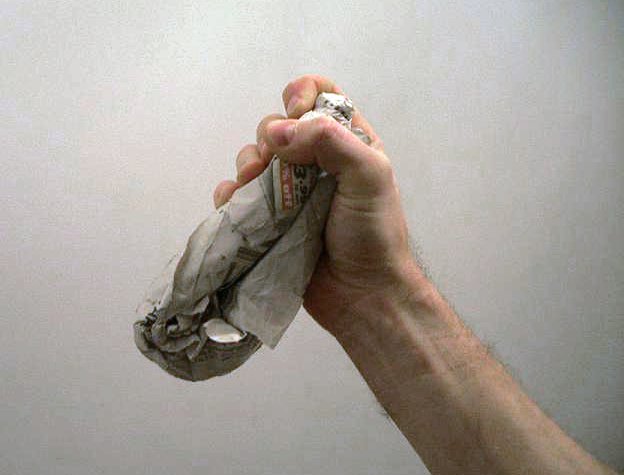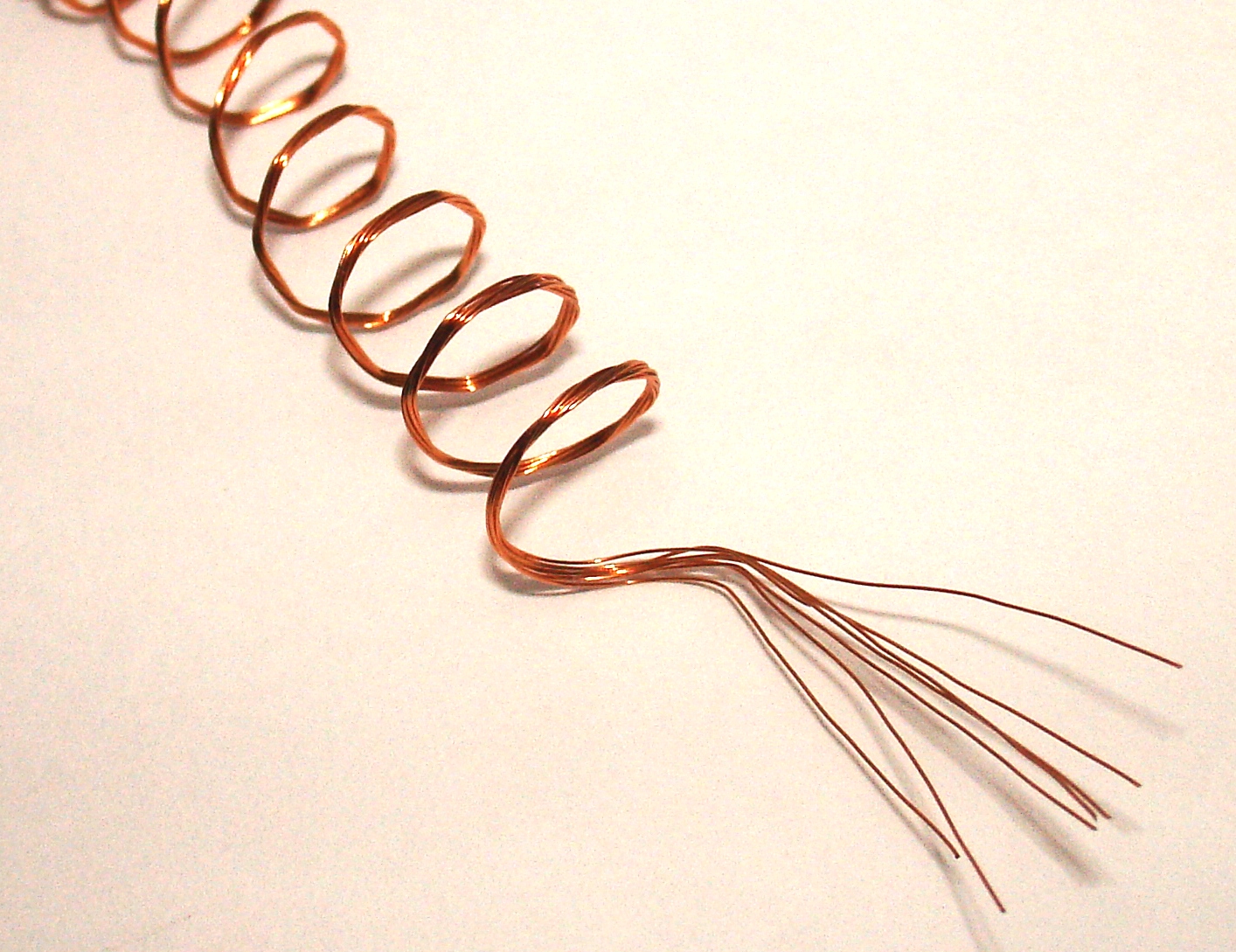These Are the Most Common Prison Weapons

By:
The United States is the country with the most incarcerated citizens in the world, and that dubious distinction comes with many problems. One major one: The violence that results from having so many people behind bars, which leads to overcrowding, especially in private prisons, which are motivated to crowd as many inmates into a facility as possible to increase profitability.
 Wikimedia/California Department of Corrections - wikimedia.org
Wikimedia/California Department of Corrections - wikimedia.org
An overcrowded prison can elevate tensions among inmates, who find themselves with little breathing room. A prison that is also poorly managed can mean the likelihood of violence is higher.
"Correctional facilities that experience higher-than-average rates of violence and disorder are also characterized by poor management and/or a negative organizational culture," Don Hummer, an associate professor of public affairs at Pennsylvania State University, Harrisburg, and co-author of "The Culture of Prison Violence," told ATTN:.
Since inmates have little to think about besides what's happening within the prison's walls, they can become very focused on the relationships and conflicts around them, Hummer said. That can lead to violence, and though prisoners are supposed to be unarmed, they are resourceful in devising weapons to attack fellow inmates. Below are some of the most common weapons they come up with.
1. The shank
Wikimedia/istolethetv - wikimedia.org
Hummer said the shank is probably the most common weapon. A shank is typically a metal or plastic object used like a knife. It can be made from anything: scrap metal found in a workshop, a plastic utensil, a toothbrush.
Inmates can attach razor blades to objects like a comb or a toothbrush to create something like a knife to slash someone. Or an inmate can whittle a toothbrush to give it a sharp edge or point. Hummer said inmates will often use the masonry walls of the cell to sharpen metal objects.
2. The lock in a sock
 Pixabay/Mcability - pixabay.com
Pixabay/Mcability - pixabay.com
An easy and deadly weapon can be made by putting a padlock inside a long sock and swinging it like a mace. Prisoners always have socks, and many prisons have locker rooms in which every inmate has access to a padlock.
This kind of weapon can easily crack someone's skull, according to reports. Critics question whether prisons should issue padlocks to inmates.
3. The paper club
 Wikimedia/Majorly - wikimedia.org
Wikimedia/Majorly - wikimedia.org
"A simple, common weapon found in prison is very tightly rolled paper," Hummer said. "The paper is moistened (usually via the sink or toilet water in cells), added to, and continuously rolled to the point where, when dried, it can become almost as hard as a solid wooden club."
A paper club resembles what was called the Millwall brick (pictured above), a stealth paper weapon used by soccer fans to attack each other at games in England during the 1960s and '70s.
4. Wires and floss

Any thin, long string can be used like a garrote to choke someone. It's why prison guards worry about giving inmates dental floss.
Floss can also be used to saw through a prison's bars if employed over a long period of time.
5. Can tops
 Pixabay/mnplatypus - pixabay.com
Pixabay/mnplatypus - pixabay.com
When the top of a tin can is removed, it becomes a jagged piece of metal that a prisoner can use to hurt someone. Such weapons are popular in New York women's prisons, according to the New York Daily News.
Inmates purchase canned foods from a commissary and keep the can lids for use as weapons afterwards. The tops of cans may also be used for chopping food in prison, so it can be difficult for a guard to guess why someone has one.
How to reduce prison violence.
To reduce prison violence, ensure that prison management is vigilant and resolves conflicts peacefully before they get out of hand, Hummer advised. "We found that a management style that is proactive, takes inmate and staff grievances seriously, sets an example for all in the facility about how the institution should operate, and does not tolerate rule violations by either inmates or staff can significantly reduce disorder," he said.
Every prison has its own culture and intricacies, but proactive prison management can help in most places, Hummer added. Considering prisoners don't even need weapons to hurt each other, or themselves, there's little chance all violence will be stopped. Reducing overcrowding and addressing conflicts early could save lives.

 Wikimedia/istolethetv -
Wikimedia/istolethetv -